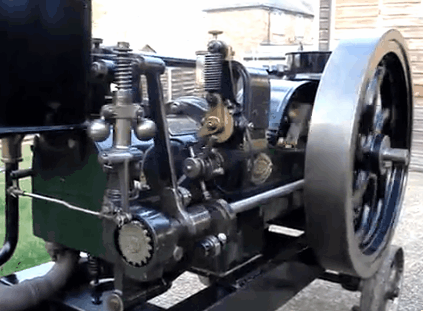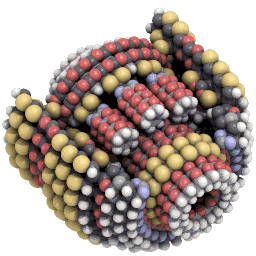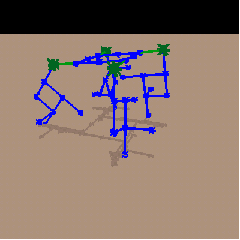Life and Machines
I recently read a paper by David Chalmers asking,"Why isn't there more progress in philosophy?" It reminded me of one problem in philosophy that we have pretty much solved: what is the difference between living matter and non-living matter? This was a significant problem for philosophy until the mid-1800s.
There are several differences I can think of:
Living things can move on their own.
Living things can grow.
Living things can reproduce.
Living things can turn food into usable energy.
Living things have purposeful structure down to the microscopic level.
Living things can repair themselves.
Living things can respond to events.
Living things can regulate their internal state.
Living things can communicate.
Living things are optimized for these purposes.
Automata were seen as life-like because they copied the first of these differences, the ability to self-move, and were able to change their behavior at different times.
Later, the ability of engines to "eat" fuel, to regulate themselves with a spinning governor, to respond to changing circumstances, and to communicate their state (for example, with a whistle when the steam is high enough) reminded Samuel Butler of living things, and made the machines more useful.
The definition of a robot is fuzzy, but it generally means a machine that is more lifelike than the usual sort of machine.
What makes nanotech so useful is that it will be imitating yet more of these properties of life-- reproduction, atomic precision, and self-repair. As we build better and better machines, the gap between living and non-living grows smaller.
One of the most interesting aspects of life is the last on the list-- the purposefulness of its design. When you look at some of the earliest animal life forms, this is less evident. They are more like crystals or simple funguses in their design. Their structures are more dominated by symmetries and repetition and less specialization of parts. Here is Diana Cactiformis, for example, a proto-arthropod:
There are several differences I can think of:
Living things can move on their own.
Living things can grow.
Living things can reproduce.
Living things can turn food into usable energy.
Living things have purposeful structure down to the microscopic level.
Living things can repair themselves.
Living things can respond to events.
Living things can regulate their internal state.
Living things can communicate.
Living things are optimized for these purposes.
Automata were seen as life-like because they copied the first of these differences, the ability to self-move, and were able to change their behavior at different times.
Later, the ability of engines to "eat" fuel, to regulate themselves with a spinning governor, to respond to changing circumstances, and to communicate their state (for example, with a whistle when the steam is high enough) reminded Samuel Butler of living things, and made the machines more useful.
The definition of a robot is fuzzy, but it generally means a machine that is more lifelike than the usual sort of machine.
What makes nanotech so useful is that it will be imitating yet more of these properties of life-- reproduction, atomic precision, and self-repair. As we build better and better machines, the gap between living and non-living grows smaller.
One of the most interesting aspects of life is the last on the list-- the purposefulness of its design. When you look at some of the earliest animal life forms, this is less evident. They are more like crystals or simple funguses in their design. Their structures are more dominated by symmetries and repetition and less specialization of parts. Here is Diana Cactiformis, for example, a proto-arthropod:
We now are beginning to understand how purposefulness can be improved through evolution, but there is still a lot to figure out. Why can't we make computer programs that continue to evolve, for example, always getting better and better on their own? Every attempt so far has eventually petered out in its ability to find new solutions.







Comments